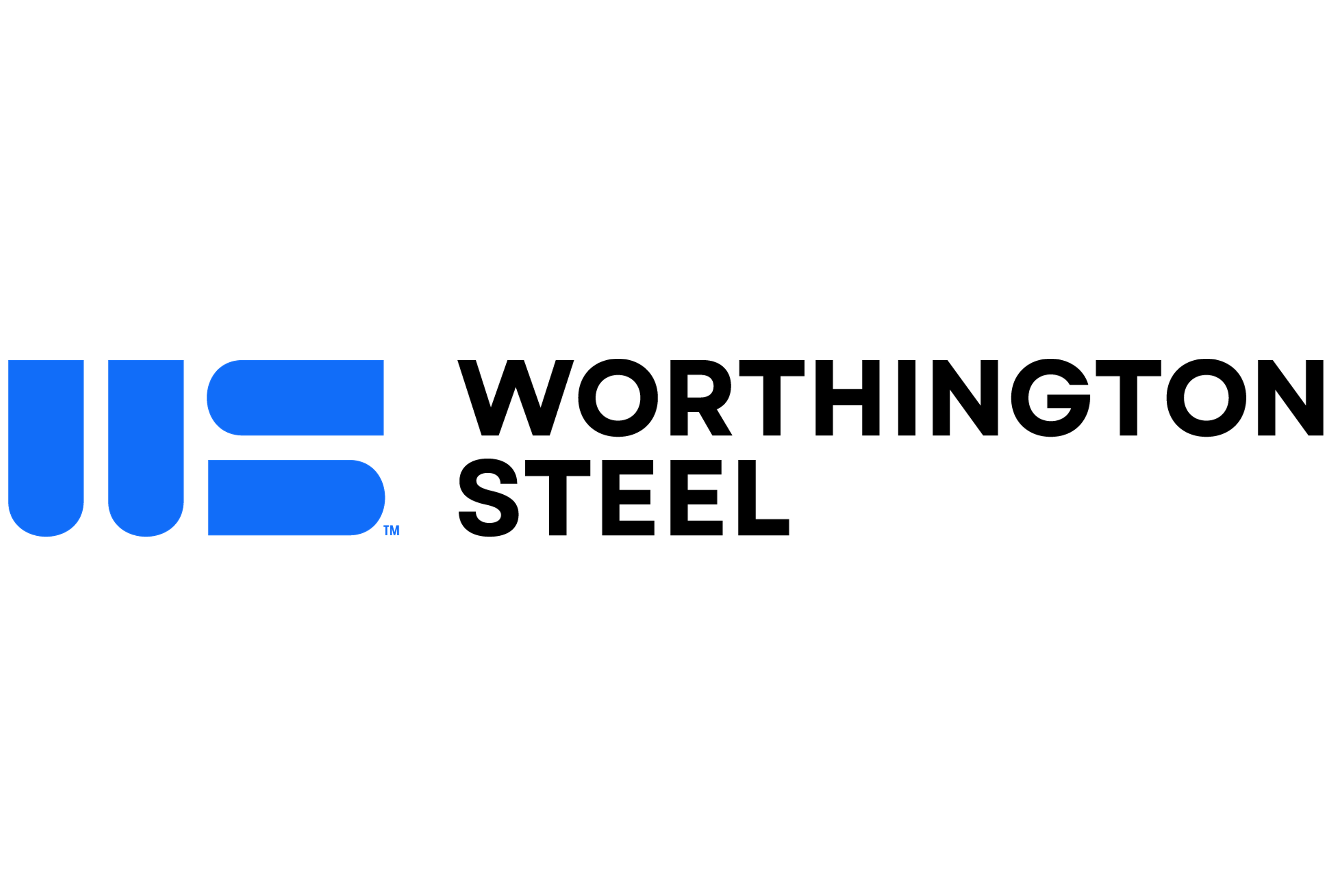Market Segment
July 30, 2024
Charter Manufacturing buys Niles Iron & Metal
Written by Ethan Bernard
Charter Manufacturing, a diversified metals manufacturer, has agreed to buy regional scrap metal recycler Niles Iron & Metal Co.
Further terms of the deal were not disclosed by Brown Gibbons Lang & Co. (BGL), which served as the exclusive financial advisor to Niles Iron on the transaction.
Niles Iron has two locations in Niles, Ohio. One yard is dedicated to the purchase, processing, storage, and transportation of all grades of iron and steel scrap. The other focuses on nonferrous metals.
Mequon, Wisc.-based Charter has more than 2,300 employees across its corporate location and businesses.
“The deal is unique in today’s modern age because it brings together two fourth-generation privately held companies,” BGL said in a statement on Tuesday. “The new partnership will allow both companies to continue their family legacy while benefiting from existing synergies between Niles Iron and Charter Manufacturing.”







